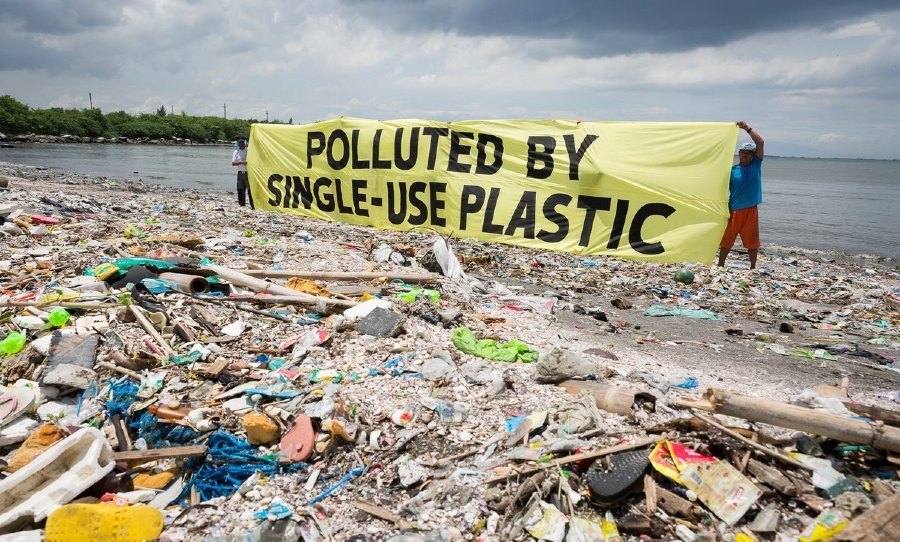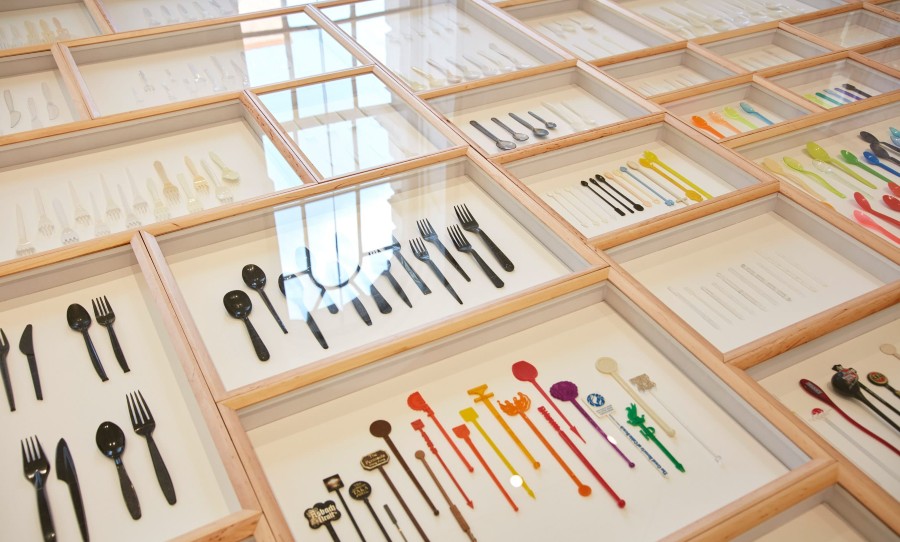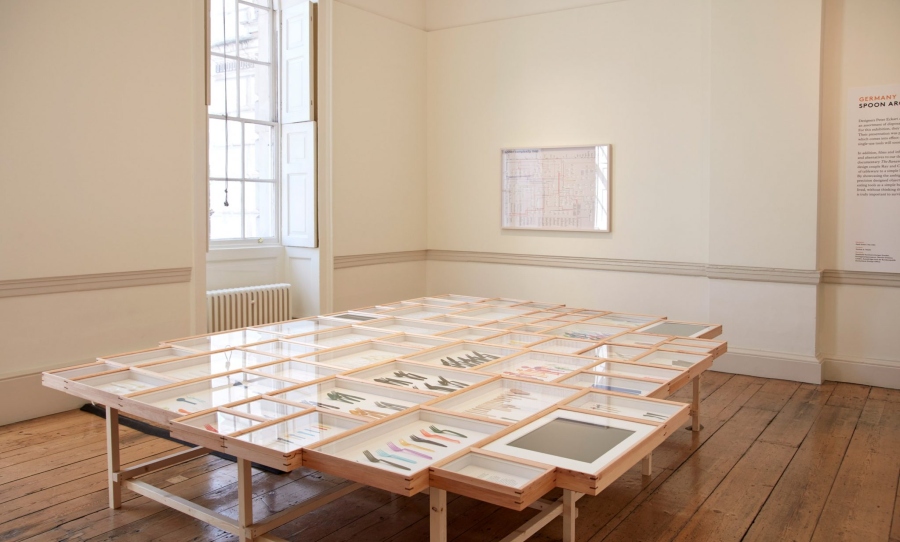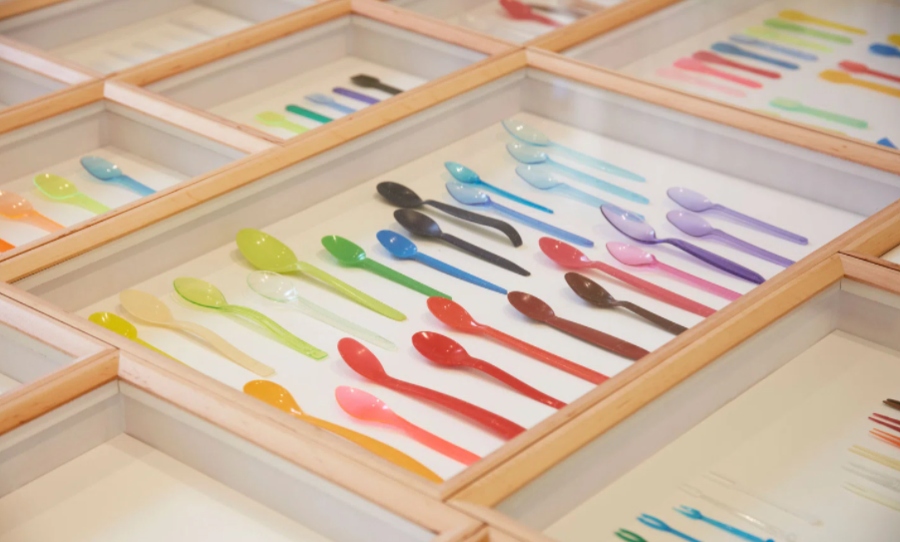German designers manifest the end of single-use plastic via a diverse collection of spoons in a museum-esque art piece.
In our current cultural and social climate, single-use plastic is a convenient, albeit shameful practice to partake in.
As regulars on beaches and inside beloved wildlife, plastic utensils are largely detested by consumers across the globe. German designers Kai Linke and Peter Eckart have caught onto this.

Single-use plastics have been a subject of cancel-culture for some time now. It’s no secret that the cumulative power of these seemingly insignificant items is drastic on our environment.
A recent study found that 10 plastic products make up 75% of all plastic items in the ocean, including bags, bottles, food containers, wrappers, lids and fishing gear.

As Europe is set to ban all plastic cutlery from July 3rd, the art piece titled, Spoon Archaeology, comes at the perfect time, acting as a marker for former values, cultural practices and attitudes towards our environment and consumerism, on a global scale.
Featuring at the 2021 London Design Biennale, the piece is a culmination of plastic utensils that the designers have collected over 20 years.
What initially began as a hobby fuelled by curiosity, Spoon Archaeology has evolved into something much more profound and poignant.
good news, also spoon archaeology looks like a cool show. https://t.co/gLPx1UCHFj
— Hannah 🇧🇲 (@rennah) June 8, 2021
The spoons are exhibited in light wooden cases as cultural artefacts. Their presentation alludes to the technique in which insects are displayed – as items to be viewed and studied, but nothing more.

Artists Kai Linke and Peter Eckhart stated that their artwork is a “representation of our economical driven culture,” which they feel is coming to an end in the wake of “changing awareness“.
The reflective piece is unusually pleasing to view, as each case has been carefully thought out based on colour, purpose and style.
It also feels like a pleasant way to pay homage to the fact that these pieces of plastic have been instrumental in killing 100,000 ocean wildlife every year.



